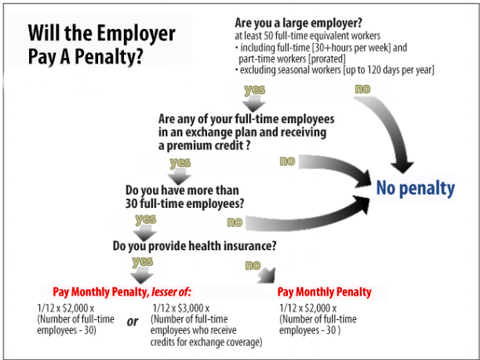But as Congress trudges toward its next budget showdown, the Mr. Fix-It of Washington is looking more like its Invisible Man as he balances his leadership imperatives with his re-election.
“The House and the White House in the end will have to reach some kind of understanding on both these issues,” Mr. McConnell said last week as he sat in his spacious Capitol office and looked toward Sept. 30, when much of the federal government runs out of money, and mid-October, when it exhausts its borrowing authority. “I don’t intend to participate in any discussion, publicly or privately, that raises taxes or spends more than current law.”
That may prove to be more threat than destiny. The taciturn lawmaker is known for playing his cards extremely close to his vest, and when he has swooped in to resolve impasses, he has usually come in late — more a closer than a middle reliever. But his decision to stay out of the budget fray is one of the central reasons a resolution seems distant at the moment.
Democrats and, increasingly, Republicans are complaining that the minority leader’s absence from many of this year’s most intense and consequential negotiations — from the immigration overhaul to the budget to a fight over internal rule changes that almost paralyzed the Senate — has created a power vacuum and left Democrats without a bargaining partner.
They worry that Mr. McConnell is too hamstrung by political concerns in the Capitol and back home in Kentucky. In Washington, a rebellious crop of new Republican senators, led by Ted Cruz of Texas, has rejected his compromising brand of politics. Mr. Cruz has led the charge to tie any further government financing to gutting President Obama’s health care law, a movement that has angered many veteran Republicans and brought the federal government to the brink of a shutdown.
On Monday, Mr. McConnell gave the first indication of how he will figure into the budget standoff, saying that he would support a House bill that denies financing for the health care law, putting him at odds with Mr. Cruz, who has encouraged his colleagues to filibuster the bill so Democrats cannot amend it.
And in Kentucky, the junior senator, Rand Paul, has largely set the agenda for a Tea Party-infused Republican Party there.
Mr. McConnell is dealing with an unwanted primary challenge from a well-financed Tea Party candidate who keeps telling Kentucky voters the senator is an establishment pawn.
Mr. McConnell is leading his challenger by a large margin in internal polls. But after Tea Party candidates rose from nowhere in the past two elections to beat veteran senators, Mr. McConnell is leaving nothing to chance.
“He’s got an election,” said Senator Harry Reid of Nevada, the majority leader. “And that’s his No. 1 concern. I hope we can work together on things, but we’ll just have to wait and see.”
What worries members of both parties is that efforts to work around Mr. McConnell and bridge the partisan disagreements over the budget, health care and taxes have failed.
Early this year, just off his re-election triumph, Mr. Obama tried to reach out to Senate Republicans beyond the leadership. This group, called the “sounding board,” met repeatedly with the White House chief of staff, Denis McDonough, and other senior White House officials and came away with nothing.
Senator Lindsey Graham, Republican of South Carolina and a member of that group, said what was lacking was the level of trust that would persuade the two sides to accept a deal that would be politically difficult for both sides’ most dedicated activists to swallow. He said that Vice President Joseph R. Biden Jr. and Mr. McConnell trusted each other. No other partners have emerged in Mr. McConnell’s absence to fill “probably the biggest missing ingredient,” Mr. Graham said.

Article source: http://www.nytimes.com/2013/09/24/us/politics/often-at-the-forefront-mcconnell-seems-to-step-back.html?partner=rss&emc=rss



